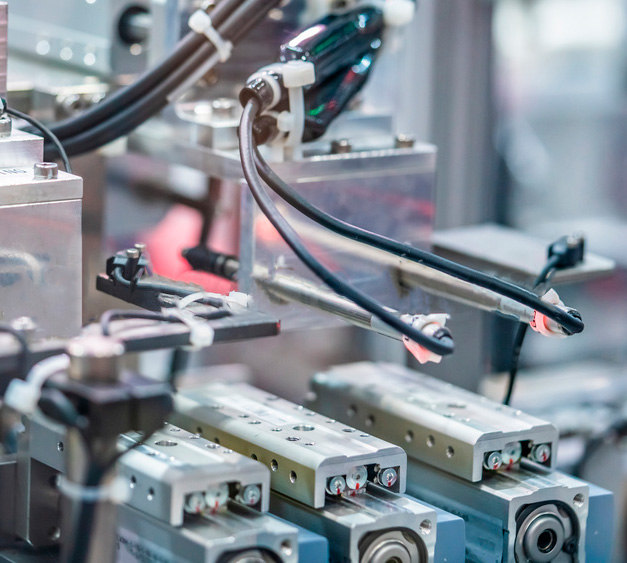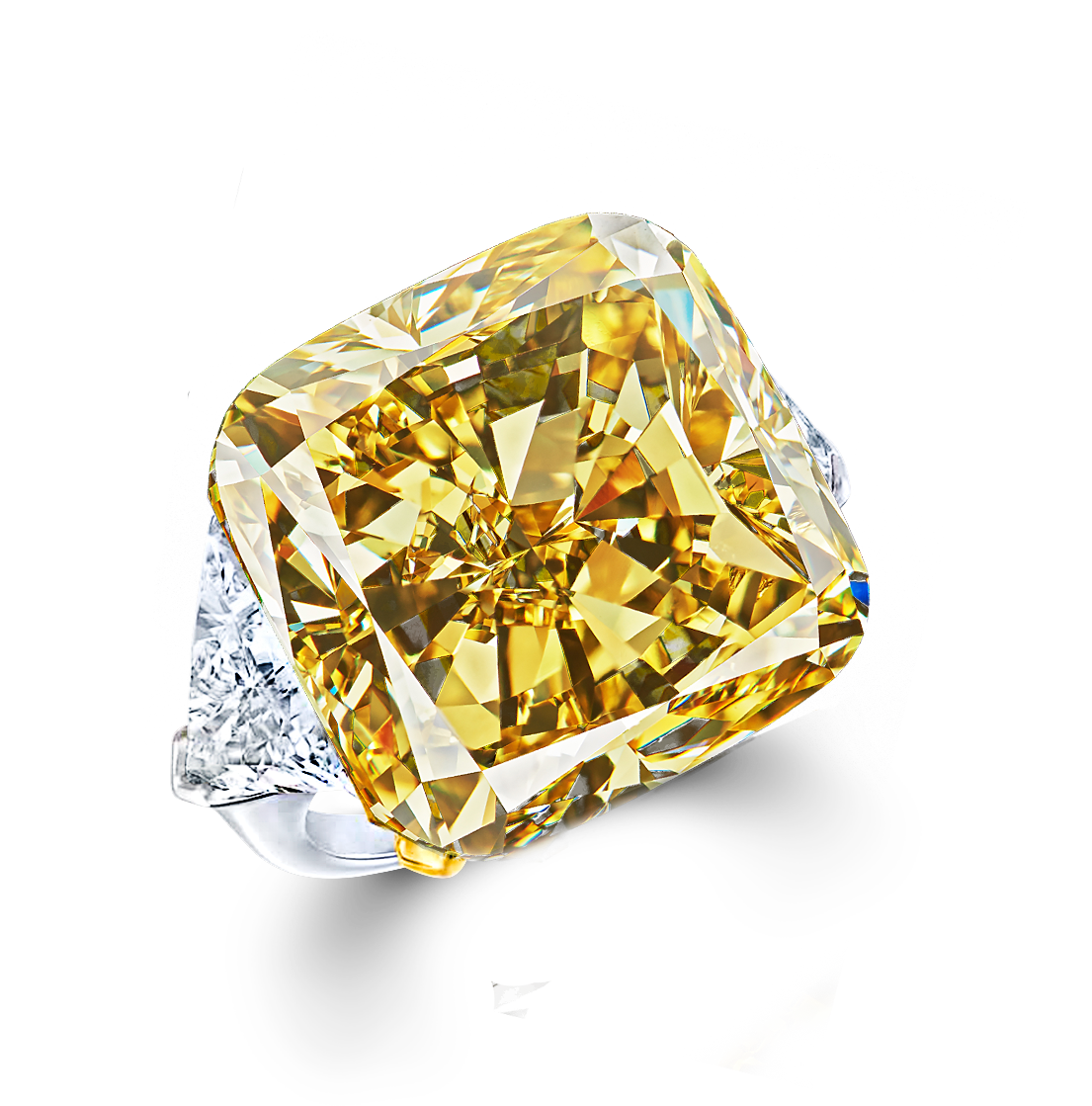Radiation Detectors

Single-crystal diamonds from Syntechno have a high surface sensitivity and a working area reaching 90% of the total area due to the low level of dislocations, which makes synthetic diamond an uncompromising material for registering particles in a radiation environment. Diamond sensors are capable of detecting significantly more signals, are the best electro-insulator and wear-resistant material.
Solid-state detectors based on semiconductors on diamonds can be used and really widely used – they can detect UV, X-rays, gamma radiation, electrons, alpha particles, ions, neutrons, and other particles in the range from 5.5 eV to GeV.
This is possible due to the large forbidden zone and high specific resistivity of diamond – diamond detectors operate at temperatures up to 250 0С, have high radiation resistance, high thermal conductivity. Due to its atomic density, diamond provides the best fission neutron detection efficiency.
Nowadays, diamond detectors are widely used in radiotherapy, as a beam monitor in laser technology, in synchrotrons, in fusion reactors, for recording radiation of high-temperature plasma.
This is possible due to the large forbidden zone and high specific resistivity of diamond – diamond detectors operate at temperatures up to 250 0С, have high radiation resistance, high thermal conductivity. Due to its atomic density, diamond provides the best fission neutron detection efficiency.
Nowadays, diamond detectors are widely used in radiotherapy, as a beam monitor in laser technology, in synchrotrons, in fusion reactors, for recording radiation of high-temperature plasma.

Diamond detectors can operate in the current mode, with zero electrical bias and in the thermoluminescence mode.
Thermal neutron detectors in the form of sandwiches with thermal neutron converters a) based on LiF layer, c) B2O3 layer, b) detector spectrum with LiF converter, d) detector spectrum with B2O5 converter. In the spectra, the neutron energy region below 5 MeV reflects the registration of reaction products in a converter; above 5 MeV, the reaction of fast neutrons by C nuclei in the detector body
The photoresponse ratio of a CVD diamond based detector with interdigital electrodes in the UV and visible spectral regions (spectral discrimination coefficient) can be 105, photosensitivity ~ 1 A / W and speed of the order of 1 ns.
The structure of the MESFET performed on the hydrogenated surface of the epitaxial diamond film “Charge collection length” – a key parameter of the detectors – in poly-and monocrystalline diamond reaches 275 and 420 μm, respectively, and the product of mobility by carrier lifetime μτ is 10-6 cm2 / V and 10-4 cm2 / V, respectively.

Partnership
We are always interested in expanding our partner network, and if you are interested in individual projects based on our advanced technologies for growing nitrogen-free diamond single crystals according to the highest quality standards, surpassing natural diamonds in size and characteristics, you can always contact us about the possibility of partnership and collaboration.

SCIENCE
how we create our diamonds?
The process of creating a natural and synthetic diamond is extremely similar – only one occurs naturally, and the other occurs in the laboratory. We make science simple and want to share with you our innovative and advanced HPHT synthetic diamond technology.